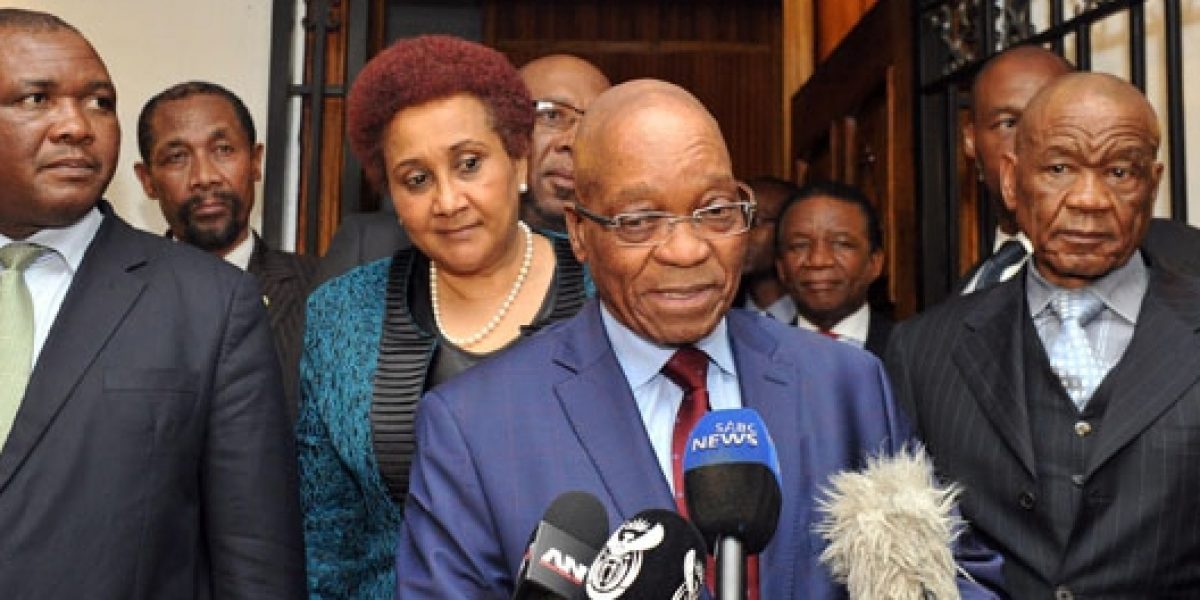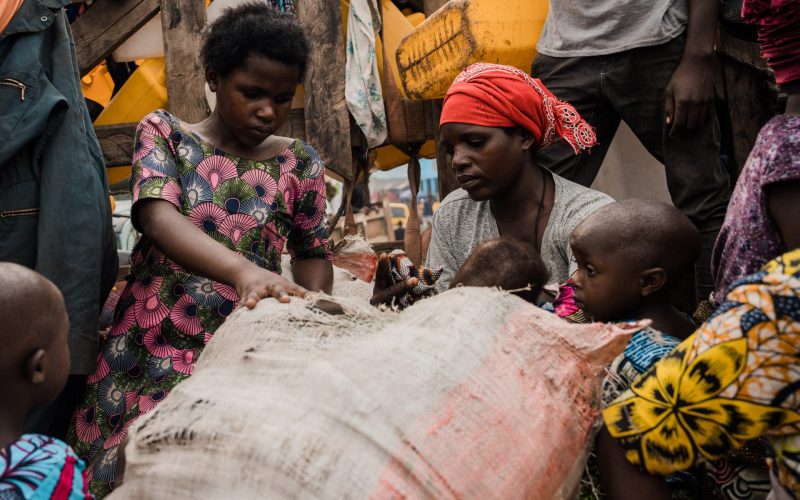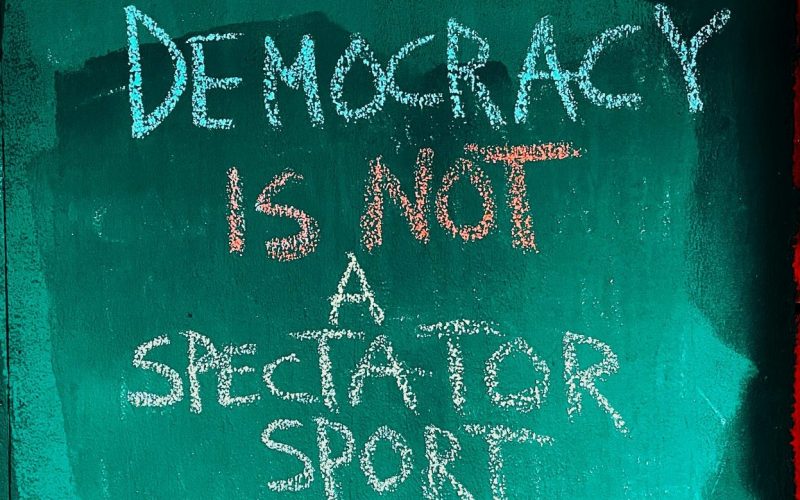The march was organised by the Lesotho Congress for Democracy (LCD) – one of the three partners in the coalition government that included the All-Basotho Convention (ABC) and Basotho National Party (BNP) – to urge Prime Minister Thomas Thabane to reconvene parliament. Thabane had suspended parliament through royal prorogation in June, when threatened with a motion of no-confidence (a parliamentary procedure that could have seen him lose the premiership). When the army mounted raids on police stations around Maseru, Thabane and some senior government officials fled Lesotho to seek shelter in South Africa.
The characterisation of this event as a coup attempt remains contested because although Thabane pronounced it so and admitted he had left the country fearing for his life, he later somersaulted on this, and continues to insist he is in charge of the country. Contested also because the army chief (Lieutenant-General Tali Kamoli) who caused all the commotion has been officially fired, but insists that he executed a ‘normal’ operation to disarm renegades who were threatening national stability. He remains, on the face of it, the de facto commander, despite the appointment of another (Maaparankoe Mahao) to this post. Mahao’s house was attacked on Sunday 30 August, but he had already left the country.
By Tuesday 2 September, Thabane and others who had fled with him, including the police chief and the newly-appointed army commander, were back in Maseru, guarded by the South African police. This followed frenetic negotiations amongst the three coalition partners in Pretoria, facilitated by the Southern African Development Community (SADC), and South African president Jacob Zuma as chairman of the regional body’s security and politics arm. On Friday 5 September, the coalition leaders reported to the King on progress made towards implementing the Pretoria agreement, and gave the commitment to reconvene Parliament. Yet they again failed to endorse the target date of 19 September for Parliament to reopen, as agreed.
It appears that ‘solutions’ to and ‘agreements’ on Lesotho’s political crises are again leaving more questions unanswered. Could the Kingdom’s leaders be playing a game of chicken with the future of the nation for their own ends?
First, the events of last week stubbornly refuse to fit into the classic definition of a coup d’état, mainly because army commander Kamoli shied from crossing the line and announcing a take-over of political-administrative bodies: he simply went back to the barracks after the stated mission of disarming police renegades was achieved. Could the continued labelling of the incident as an attempted coup have ulterior motives?
Second, why is Thabane flouting the letter of the Pretoria agreement by failing to declare or confirm the opening of Parliament on 19 September? In this connection it should be recalled that the Windhoek Declaration, which forms part of the basis for the Pretoria agreement, contributed to the current crisis. The Windhoek Declaration was signed by the three partners in July and facilitated by Namibian President Hifikepunye Pohamba, then chair of the SADC Organ on Politics, Defence and Security.
Third, it is not clear whether the threat of a vote of no confidence has been taken off the table (especially) by the Lesotho Congress for Democracy (LCD), which is increasingly friendly with Democratic Congress (DC) despite the formal dissolution of their earlier ‘marriage’ (a dissolution prompted by the Windhoek Declaration). This will remain a sword dangling over the head of Thabane’s coalition (and his leadership of it), and therefore will also continue to threaten a true denouement of the impasse. Why is the LCD’s Mothetjoa Metsing (and other anti-Thabane forces) studiously avoiding giving assurances in this regard?
Fourth, Pretoria mandated the three coalition partners to draw up a roadmap for both technical and political issues to be addressed before and after reopening parliament. Already the coalition parties (through their executive committees) have clashed and cancelled one meeting last week – apparently because they had reached a deadlock. This can only bode ill for future progress, and given the weight of their potential agenda, bring into question their full commitment to a roadmap.
Fifth, while Pretoria also provided for a SADC mediation/facilitation team, its biggest weakness, like Windhoek, remains the absence of a national counterpart to complement the process. It leaves the negotiations in the hands of the very parties who sparked the crisis because they were no longer on speaking terms; ironically they continually insisted there was no crisis. The absence of a national peace-building process or facility in this connection leaves Lesotho’s leaders vulnerable to repeating the same mistakes once outside facilitators (and police) depart.
Particularly important in this connection is the ‘side-lining’ of the monarch, who, at this juncture is the only national voice that the feuding sides might plausibly heed. Of course, the retort here is normally that the King is above politics, and as such can only be consulted if all parties agree; and that his intervention may be either premature or likely to be seen as biased by one side or another. In my view, arguments of this nature are a cop-out, and allow politicians to continue taking the nation to the brink of disaster by searching for external solutions when they have yet to exhaust internal remedies that may be sustainable in the longer run.
Related to this is the total silence and ‘isolation’ of the DC. As the single largest party in parliament and a former ruling party, the DC’s inclusion could be positive, particularly because the current situation is a national crisis – not merely a crisis among the coalition partners. Greater involvement by other elements of society (such as faith-based organisations, civil society and citizens at large), and therefore the inclusiveness of solutions brokered, can only help. Why are these (and other) actors not involved formally?
Sixth is the question of the current position, location and future of Kamoli, who has been reported (by the international news media) to have fled into the mountains with a sizeable chunk of the national armoury and support of some of the most dangerous of Lesotho’s soldiers, the special forces. His actions and those of politicians in allowing him to do so, are drawing Lesotho dangerously close to the fire – and the Basotho are likely to suffer.
The current calm should not be taken either for granted or as a sign of stability. It is only natural that Thabane insists he is in full control, and that the South Africans will leave as soon as there is complete normality. But it remains painfully obvious to the casual observer that not all is well in Lesotho, and that its leaders have yet to grasp the depth of insecurity, uncertainty and division in this Kingdom.
In a couple of weeks, Lesotho will celebrate the anniversary of another botched ‘solution’ (in 1998) that resulted in both military intervention and the transformation of the country into a virtual dominion of SADC. The foreign armed presence then (negotiated by Thabane in exile to save an LCD government – of which he was then a member), lasted over a year, and led to tens of lives lost.
As Jacob Zuma and Festus Mogae again ‘tour’ the country in their roles as facilitators, Lesotho’s leaders would do well to take the current situation seriously by adhering to their commitments and putting the needs of their citizens before their political survival or technical legalities which appear to offer no long-lasting solution.
This commentary is written within the authors personal capacity.









